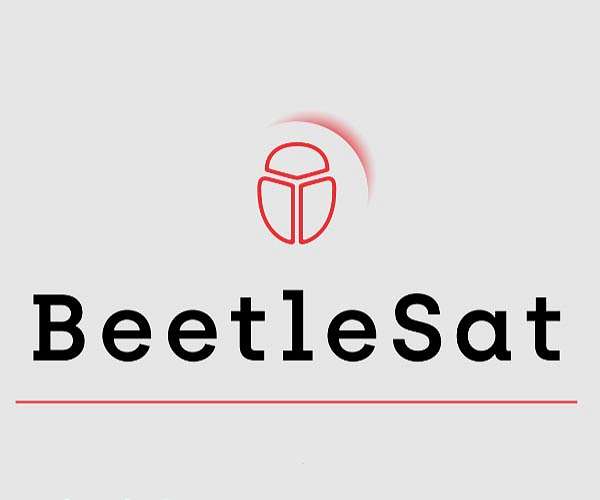
BeetleSat announces next steps for world’s first LEO satellite network with expandable antennas (Image Credit: Space Daily)
BeetleSat, a global provider of telecommunications and satellite technology, unveiled the next phases of development for its much-anticipated LEO broadband satellite constellation. The announcement was made at the 25th edition of the World Satellite Business Week, the leading conference for the satellite industry, which this year brought together the biggest names in the industry and over 1,500 executives from 80 countries.
“We are extremely proud to share how we are leading the charge in the development of this new and innovative technology,” said BeetleSat Executive President Patricio Northland. “The flexibility and scalability of our patented antenna technology will allow us to stay ahead of the curve in this rapidly evolving industry, and the potential applications for this constellation will transform how we think about satellite communications.”
BeetleSat’s patented Ka-band expandable antenna technology works by compacting the main reflector during launch, thus enabling the use of much smaller and lighter spacecraft to reach similar throughput as rigid antennas of the same size.
This will allow for more frequent and less expensive launches and ultimately lead to a new class of agile, responsive spacecraft that can create point-to-point, low-latency communication networks that are more secure, ubiquitous, and cost-effective than anything currently on the market.
During the WSBW conference, BeetleSat representatives were on hand to discuss the company’s plans in greater detail with investors, industry professionals, and the media. Additionally, the company unveiled its new website, which was recently upgraded to provide more information about BeetleSat’s leadership board, its flagship LEO broadband constellation, and its services.
BeetleSat board members were also present at the conference to advance investment opportunities and collaborations with top space corporations attending. The company is partnering with global and regional satellite operators, mobile network operators, and service providers to provide high-quality global Ka-band connectivity for commercial and government applications, including point-to-point secure communications, mobility, and cellular backhaul/trunking services.
The company will deploy 240 satellites plus 24 spares in 12 orbital planes at 800 km altitude and 53.5 degrees inclination, providing up to 2 Tbps capacity in +/-65 degree latitudes. The project is now in the preliminary manufacturing stages for the first two units of the constellation, with full deployment planned for 2026.
For more information, visit BeetleSat or contact [email protected]
Related Links
BeetleSat
All about the technology of space and more
|
|
Tweet |
|
|
|
We need your help. The SpaceDaily news network continues to grow but revenues have never been harder to maintain. With the rise of Ad Blockers, and Facebook – our traditional revenue sources via quality network advertising continues to decline. And unlike so many other news sites, we don’t have a paywall – with those annoying usernames and passwords. Our news coverage takes time and effort to publish 365 days a year. If you find our news sites informative and useful then please consider becoming a regular supporter or for now make a one off contribution. |
||
|
SpaceDaily Monthly Supporter $5+ Billed Monthly |
SpaceDaily Contributor $5 Billed Once credit card or paypal |
|
Scalable, high-speed avionics for safety-critical space applications
Vienna, Austria (SPX) Jan 03, 2022
The exploitation and exploration of space opens the door to improvements of life on earth, new discoveries and new research opportunities. However, space flight also provides a unique range of challenges due to the harsh environment and difficulty in maintaining systems. Safety, fault-tolerance, and availability are key to ensuring successful missions – both for unmanned vehicles and in human space flight.
Modularity and scalability can save cost and reduce complexity in spacecraft avionics. This … read more









